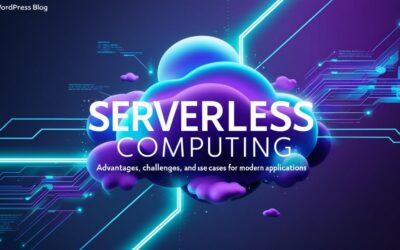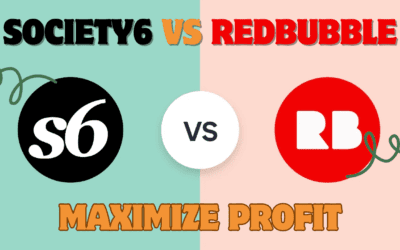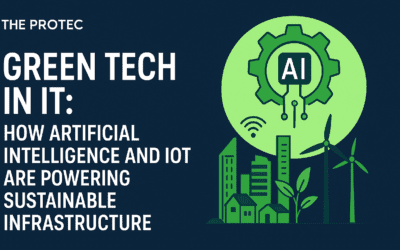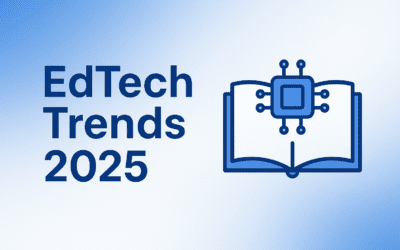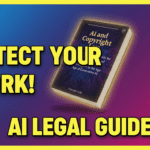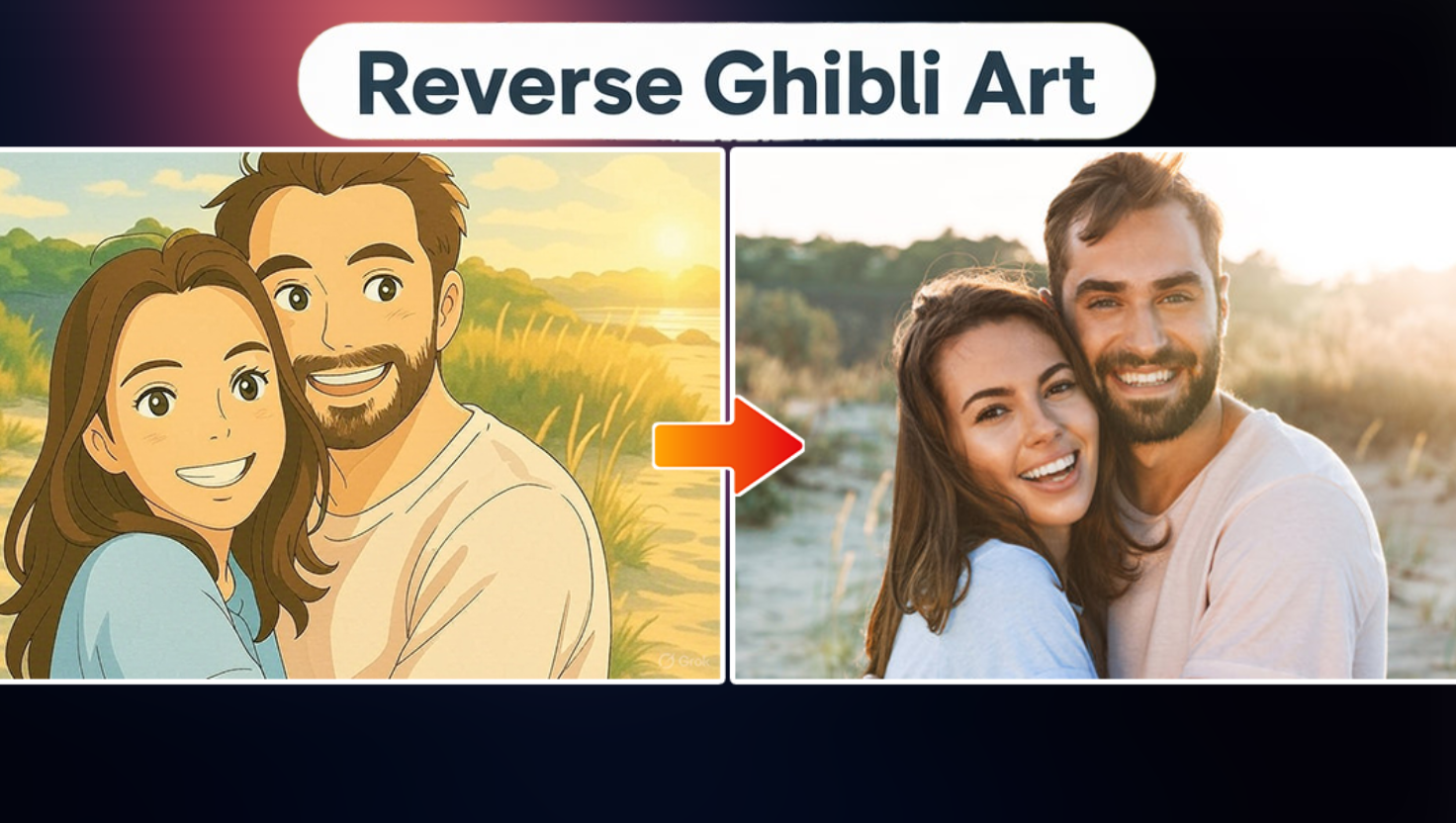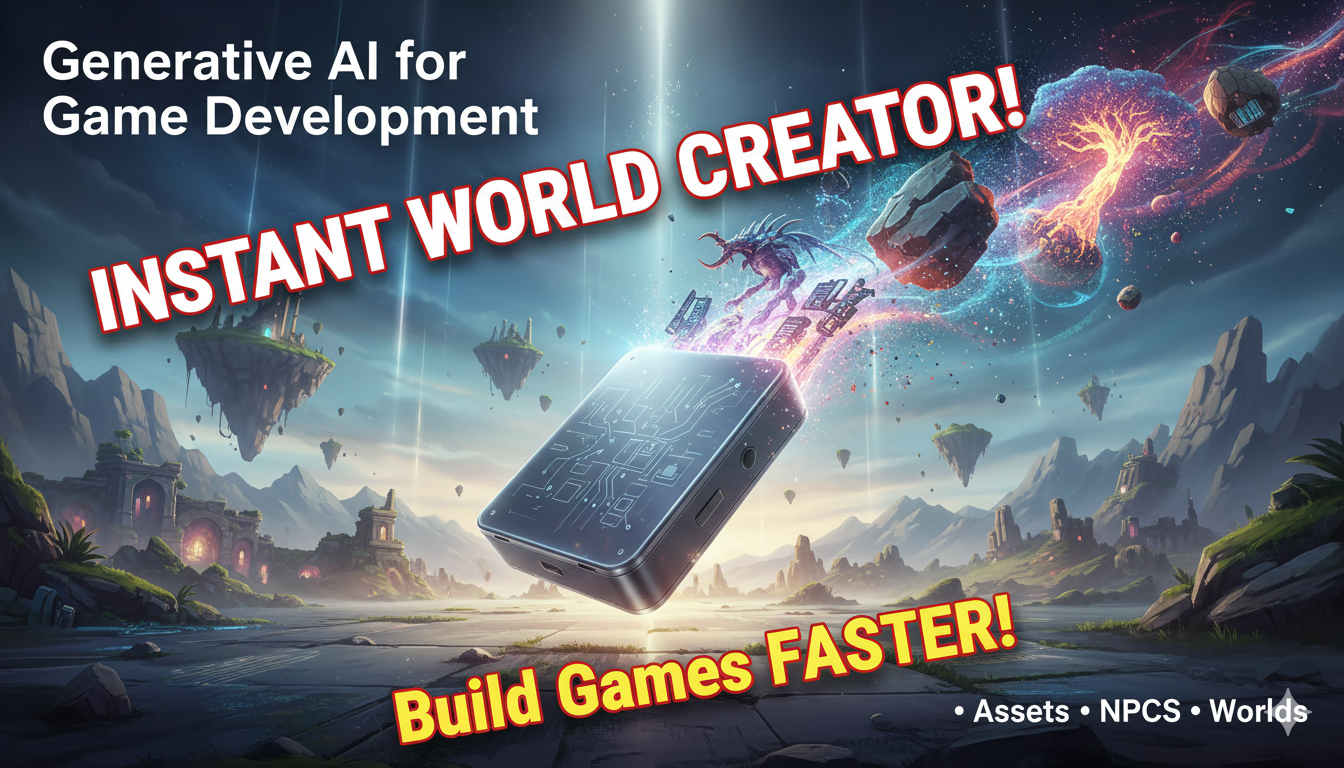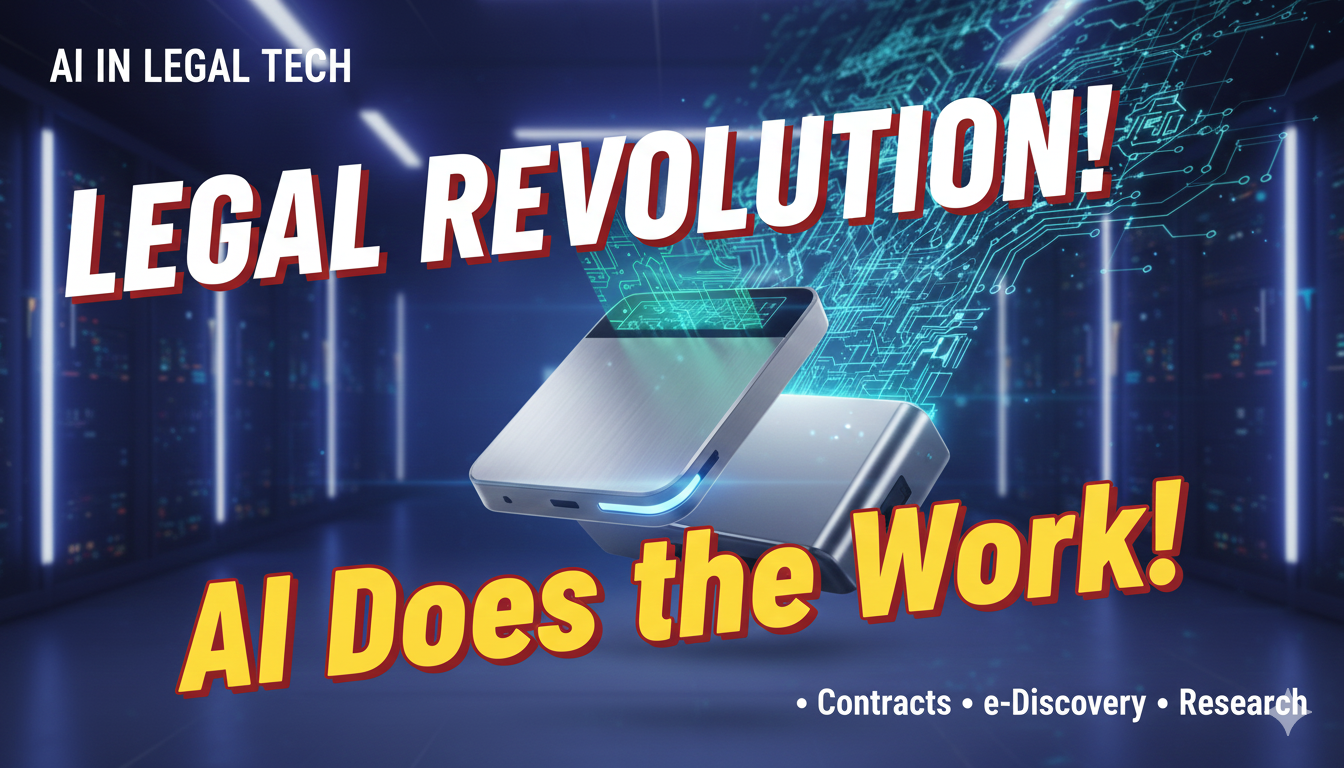Introduction
Imagine wanting to undo the magic of a Studio Ghibli-inspired AI filter to recover an original photo or address unintended privacy risks. Reverse Ghibli art—the process of converting stylized AI artwork back into its realistic source—is gaining traction among artists, photographers, and privacy advocates. This post explores the technical challenges of reversing AI style transfers, the ethical dilemmas of image reconstruction, and actionable steps to protect your data. Whether you’re recovering lost details or mitigating privacy breaches, here’s what you need to know.
How Reverse Ghibli Art Works: From Stylized to Real
Understanding Style Transfer and Its Limitations
AI tools like ChatGPT Ghibli Style Generators use neural style transfer (NST) algorithms to apply artistic styles to images. These algorithms separate “content” (e.g., shapes, faces) from “style” (e.g., brushstrokes, colors) and recombine them. However, reversing this process is notoriously difficult because:
- Loss of Original Data: Style transfer often discards granular details.
- Irreversible Transformations: The AI merges style and content non-linearly.
- Computational Complexity: Reconstructing originals requires inverting neural networks, a resource-heavy task [1].
Key Tools & Algorithms for Reverse Ghibli Art
GAN Inversion and Latent Space Mapping
To reverse-engineer Ghibli-style images, researchers use techniques like GAN inversion, which maps stylized outputs back into a generative adversarial network’s latent space. Popular tools include:
- StyleGAN2-ADA: Trained on diverse datasets, it can approximate original features from stylized inputs [2].
- pSp (Pixel2Style2Pixel): A framework for image-to-image translation that reconstructs realistic faces from artistic renders [3].
Python Code Snippet: Basic GAN Inversion with PyTorch
import torch
from models.psp import pSp
model = pSp(configuration=’gan_inversion’)
stylized_image = load_image(‘ghibli_art.jpg’)
latent_code = model.encode(stylized_image)
reconstructed_image = model.decode(latent_code)
save_image(reconstructed_image, ‘original.jpg’)
Note: This simplified example assumes a pre-trained pSp model.
Privacy & Ethics of Reverse Ghibli Art
Risks of Data Leakage
- Metadata Retention: Stylized images may retain EXIF data (GPS, timestamps) from originals. A 2022 Cambridge study found that 23% of AI-processed images still contained identifiable metadata [4].
- Facial Recognition Vulnerabilities: Reconstructed faces could be exploited for biometric hacking.
Ethical Considerations
- Always obtain consent before reversing artwork created by others.
- Avoid processing images that could expose sensitive details (e.g., medical records).
Real-World Examples & Statistics
- Research Breakthrough: In 2023, MIT researchers successfully reversed AI-style transfers on celebrity portraits using GAN inversion, recovering 89% of original facial features [5].
- Privacy Scandal: A Reddit user reconstructed a realistic face from a Ghibli-style avatar, leading to harassment claims and renewed calls for stricter AI regulation [6].
Step-by-Step Guide to Reconstructing Original Photos
- Strip Metadata: Use tools like ExifTool (
exiftool -all= input.jpg) to remove hidden data. - Local Processing: Run tools like DeepFaceLab or ArtLine offline to avoid cloud-based risks.
- Use Open-Source Alternatives:
- InvokeAI: Privacy-focused GAN inversion toolkit.
- Google’s Magenta: For non-commercial style reversal experiments.
Legal & Policy Notes on Reverse Ghibli Art
- EU Digital Services Act (2023): Requires AI platforms to disclose if user data trains commercial models [7].
- U.S. Copyright Office Ruling (2023): AI-generated art cannot be copyrighted, complicating ownership of reversed images [8].
Conclusion
Reverse Ghibli art bridges creativity and accountability, offering both technical promise and ethical pitfalls. By leveraging open-source tools, prioritizing local processing, and staying informed on regulations, users can navigate this evolving landscape responsibly. As AI artistry advances, so must our commitment to privacy and consent.
References
[1] GAN Inversion: A Survey (arXiv, 2022)
[2] StyleGAN2-ADA Documentation (GitHub)
[3] pSp Framework (Official Repo)
[4] Cambridge Metadata Study (2022)
[5] MIT GAN Inversion Research (2023)
[6] Reddit Deepfake Controversy (The Verge)
[7] EU Digital Services Act
[8] U.S. Copyright AI Ruling (Reuters)


